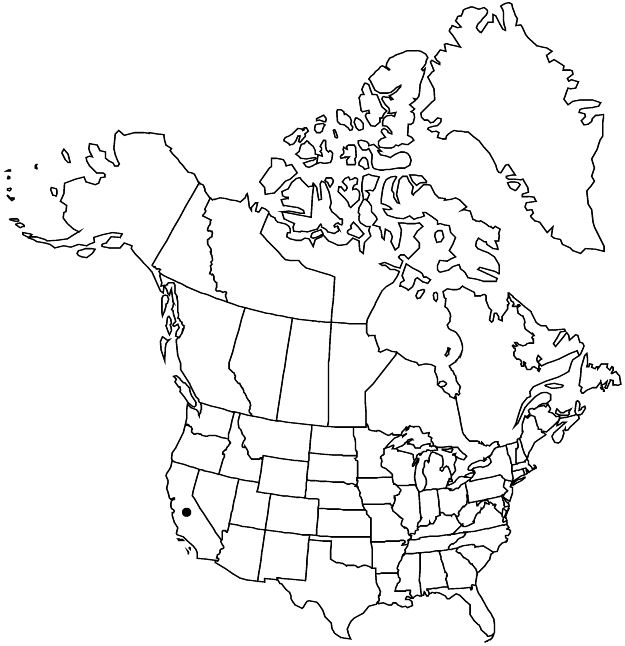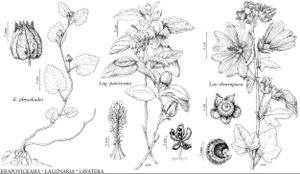Difference between revisions of "Lagunaria patersonia"
Gen. Hist. 1: 485. 1831.
FNA>Volume Importer |
FNA>Volume Importer |
||
| Line 14: | Line 14: | ||
|label=Introduced | |label=Introduced | ||
}} | }} | ||
| − | |basionyms={{Treatment/ID/ | + | |basionyms={{Treatment/ID/Basionym |
|name=Hibiscus patersonius | |name=Hibiscus patersonius | ||
|authority=Andrews | |authority=Andrews | ||
| + | |publication_title=Bot. Repos. | ||
| + | |publication_place=4: plate 286. 1803 | ||
}} | }} | ||
|synonyms= | |synonyms= | ||
| Line 58: | Line 60: | ||
|publication year=1831 | |publication year=1831 | ||
|special status=Selected by author to be illustrated;Introduced | |special status=Selected by author to be illustrated;Introduced | ||
| − | |source xml=https://jpend@bitbucket.org/aafc-mbb/fna-data-curation.git/src/ | + | |source xml=https://jpend@bitbucket.org/aafc-mbb/fna-data-curation.git/src/f6b125a955440c0872999024f038d74684f65921/coarse_grained_fna_xml/V6/V6_503.xml |
|subfamily=Malvaceae subfam. Malvoideae | |subfamily=Malvaceae subfam. Malvoideae | ||
|genus=Lagunaria | |genus=Lagunaria | ||
Revision as of 20:15, 24 September 2019
Plants 2–10(–15) m. Leaves short-petiolate; petiole 1 cm; blade olive green, pinnately-veined, 5–10 cm, somewhat thick and leathery, apex blunt, densely felty stellate-hairy abaxially, peltate scales also present. Inflorescences 1+ per branch, usually produced over a short time period; peduncle short, thick; involucellar bractlets enclosing flower in bud, wide at base. Flowers 3.5–8 cm diam.; calyx connate, lobes very short; petals showy, reflexed, waxy-textured; staminal column with anthers throughout; stigmas with 5 radiating blunt lobes. Capsules 4 × 2 cm before opening, apex rounded to acute, walls persistent, firm. Seeds bright orange when fresh, smooth.
Phenology: Flowering late spring–summer.
Habitat: Riparian forests, estuaries
Elevation: 0–10 m
Distribution

Calif., Pacific Islands (Lord Howe Island, Norfolk Island), e Australia.
Discussion
Lagunaria patersonia is widely cultivated but apparently only recently naturalized in San Diego County; it is salt tolerant.
Selected References
None.
